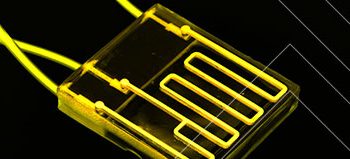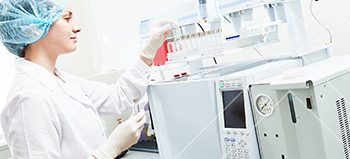Geographical Growth Scenario:
North America dominated the market in 2017
North America is expected to account for the largest share of the global stem cell banking market in 2018, followed by Asia Pacific. Factors such as expanding network of stem cell banking services across the region, ongoing approval of stem cell lines for disease treatment (especially for hematopoietic & autoimmune disorders), recent technological advancements in the field of stem cell collection and preservation techniques, and rising public-private investments for stem cell researches are driving the growth of the stem cell banking market in the North America.
Global Growth Drivers:
Market growth is primarily driven by growing public awareness related to the therapeutic potential of stem cells; development of novel technologies for stem cell preservation, processing, and storage; rising number of hematopoietic stem cell transplantations (HSCTs); and increasing stem cell-based research.
Major Growth Restraints:
On the other hand, the high operational costs associated with stem cell banking and stringent regulatory frameworks are expected to limit market growth. The limited adoption of stem cell banking services across developing countries and socio-ethical concerns related to embryonic stem cells (ESCs) are key challenges faced by the majority of market stakeholders in the stem cell banking services industry.
Download PDF Brochure@
https://www.marketsandmarkets.com/pdfdownloadNew.asp?id=220680183
Expected Revenue Growth:
The global stem cell banking market is projected to reach USD 9,415.4 million by 2023 from USD 6,290.6 million in 2018, at a CAGR of 8.4% from 2018 to 2023.
By service, rising number of stem cell banks across emerging countries to drive the growth of market
On the basis of service, the stem cell banking market is segmented into sample collection and transportation, sample processing, sample analysis, and sample preservation & storage. The sample preservation & storage segment is expected to account for the largest share of the market in 2019. The large market share of this segment is primarily attributed to the increasing number of hematopoietic stem cell transplantations, increasing stem cell-based research, and high market penetration of stem cell banking services in major healthcare markets are driving the growth of this market segment.
Recent Developments:
# In 2017, Life Cell International (India), launched upgraded and enhanced its umbilical cord collection kit.
# In 2017, Vita34 AG (Germany) acquired Seracell Pharma AG (Germany) to strengthen its position in the German stem cell banking market.
# In 2016, StemCyte India Therapeutics Pvt. Ltd. (India), a subsidiary of StemCyte (US) received accreditation from The Foundation for the Accreditation of Cellular Therapy (FACT) for both public and private stem cell banking services.
# In 2015, Cord Blood Registry (CBR) Systems (US) entered into a collaboration agreement with New York Stem Cell Foundation (US) to develop induced pluripotent stem cells from umbilical cords.
Based on application, the personalized banking applications segment is expected to account for the largest share of the stem cell banking market in 2019
Based on application, the global stem cell banking market is segmented into clinical applications, research applications, and personalized banking applications. The personalized banking applications segment is expected to account for the largest share of the stem cell banking in 2019. The growth in this segment is primarily attributed to the premium pricing of service plans charged by service providers and specific advantages offered by personalized banking over community & public banking (such as exclusive member rights for stored stem cells as well as efficient quality analysis, sample testing, and sample processing).
Key questions addressed in the report:
# What are the growth opportunities related to stem cell banking market across major regions in the future?
# Emerging countries have immense opportunities for the growth and adoption of stem cell banking. Will this scenario continue in the next five years?
# What are the various types of stem cell banking services and their market share in the overall market?
# What are the new trends and advancements in the applications segment?
Request Sample Pages@
https://www.marketsandmarkets.com/requestsampleNew.asp?id=220680183
Global Leaders:
The major players in the market include Cord Blood Registry (CBR) Systems (US), Cordlife Group Limited (Singapore), Cryo-Cell International (US), ViaCord (US), Cryo-Save AG (Netherlands), LifeCell International (India), StemCyte (US), Global Cord Blood Corporation (China), Smart Cells International (UK), Vita34 AG (Germany), and CryoHoldco (Mexico); among others.


